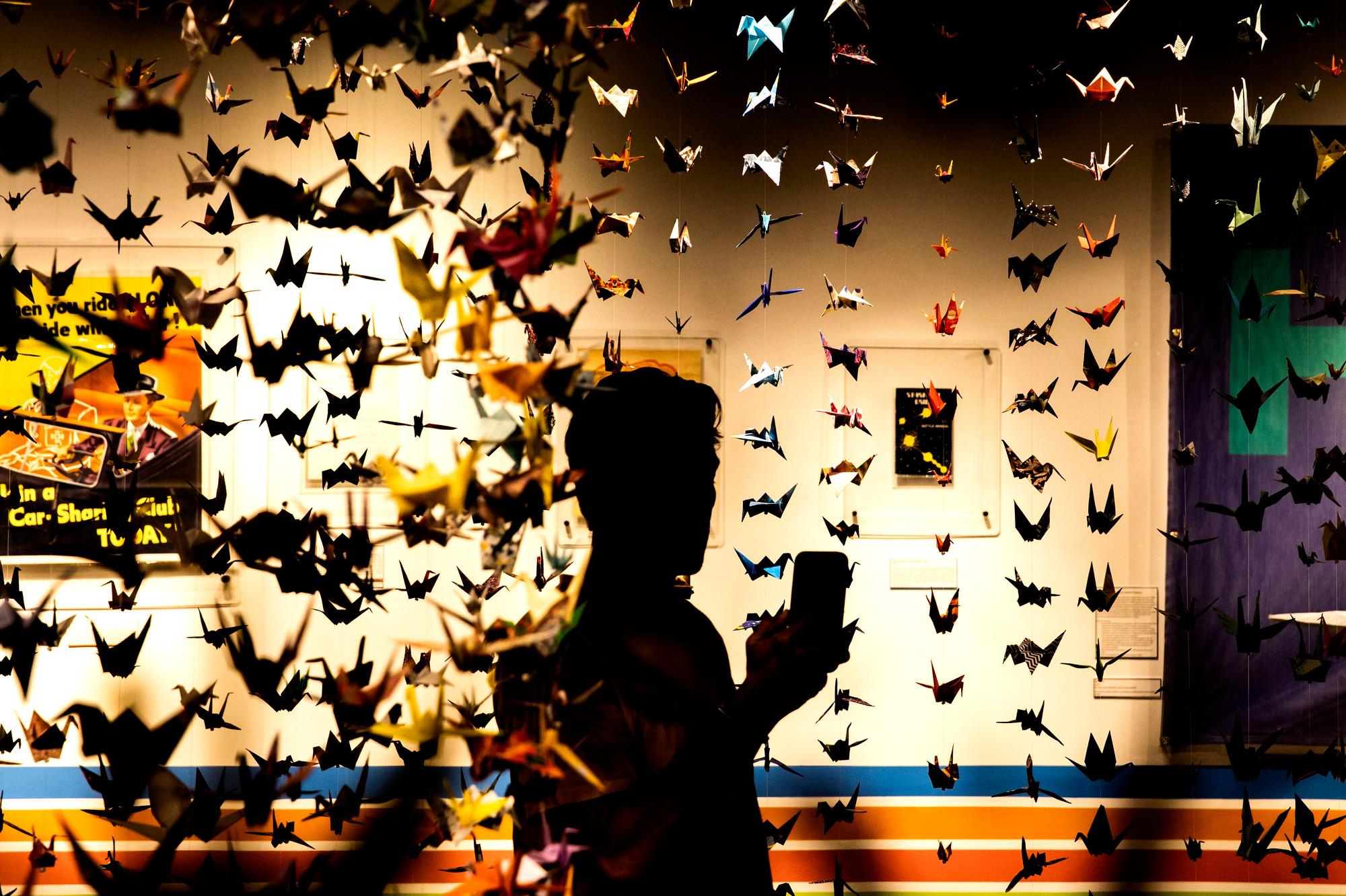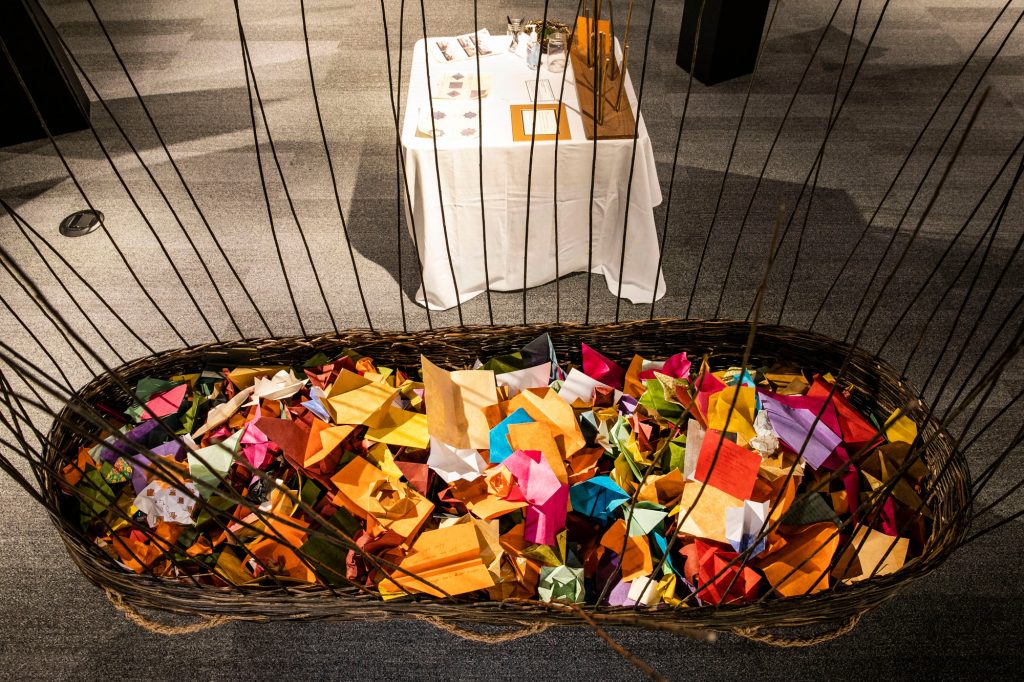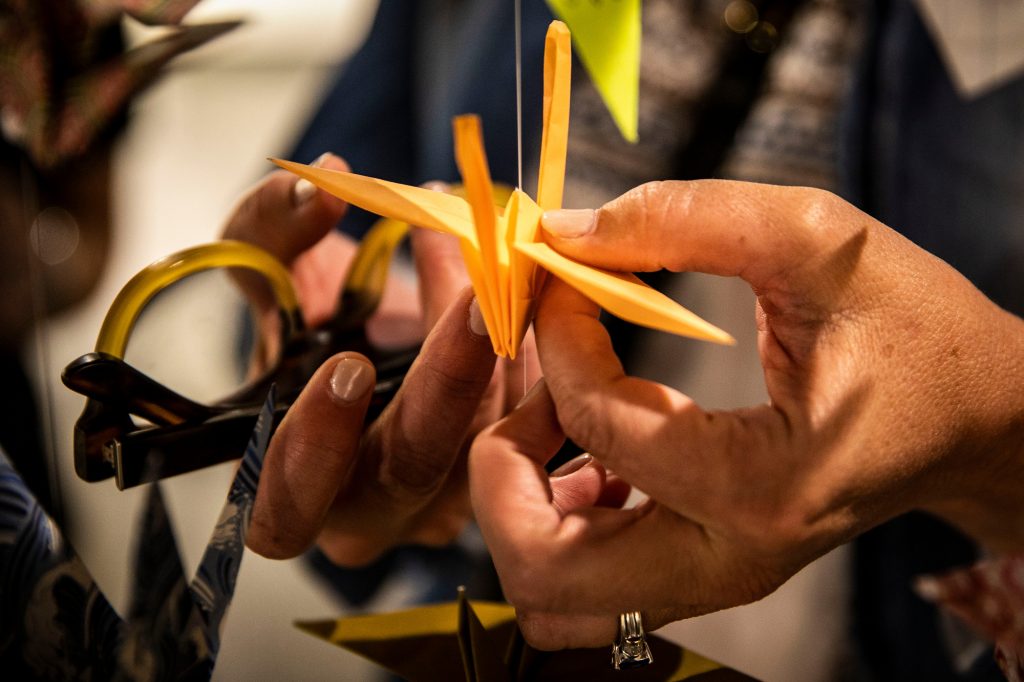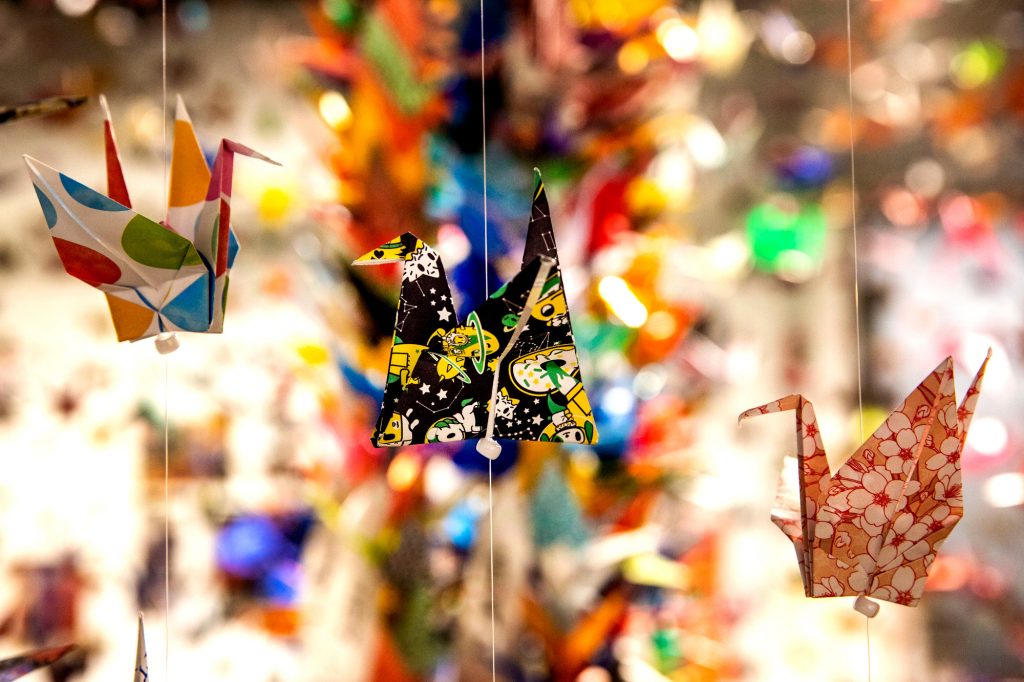
For many artists, their work is how they make sense of not only the world around them, but also senseless acts. After a shooting in Boulder in March claimed the lives of 10 people, an outpouring of community support and emotion followed. An assortment of handmade tributes, from poems to paintings, lined the perimeter of where the shooting took place.
Artists can’t always explain what moves them to work, but many can cite the incident or emotion that inspires them to start creating without a plan of what will come of their feelings. It’s just what they do as artists.
That unknown feeling visited artist Michael Grab in March.
“The shooting happened on Monday, and I decided to go out Tuesday, even though the weather wasn't that great,” he said. “I just decided to go out there and I didn't really have a set goal in mind when I went out, I just went out and put myself in the space and just kind of let the process happen.”

Grab says he was moved to create something out of his grief. His medium? Stone balancing, an artistic practice he’s worked on for over a decade.
“It just was kind of this natural necessary thing to do, was to make these 10 structures — which I’ve always called Boulderites — here in Boulder Creek. Just channeling my art and that kind of therapeutic, meditative way almost to lift that heavy feeling for myself to begin with.”
Grab’s art was never meant to be a permanent memorial. Part of his process as a land artist is that he returns his building materials to where he found them.
“It's more like a transient art form,” Grab said. “I think that's also part of the power and the impact of it is just this transience, which really kind of points to the nature of existence really. And I think, just helps in the processing of all this.”
Artist Karla Funderburk was miles from Boulder when she heard news about the shooting. The Los Angeles-based artist was getting ready to set up her own artistic memorial at the Museum of Boulder in remembrance of those who had died from COVID-19. She found comfort in the art of paper folding and in what the paper cranes she makes symbolize: wishes for peace or recovery and as a point of transition — as cranes in Japanese folklore carry departed souls to the next life.
“I felt so helpless. I felt so alone. I just wanted to start to release some of this anxiety, this fear, this separation,” she said. “I had a journal that I was writing in and I just ripped a page, made it into a square and started folding. And so my first crane was out of lined loose-leaf paper.”
Funderburk made many more paper cranes and invited others to make them with her so they could collectively grieve. She’s collected cranes — over 130,000 — from people from nine different countries and 46 of the United States.

“I had put a box outside my door, people would walk by and drop cranes in,” Funderburk said. At that point, I had a little station where you could fold a crane, or you could take paper full cranes and bring them back to my gallery.”
It just so happened that the idea of making paper cranes also came to Meridith Bacus’ daughter, Lita, after visiting the memorial outside the King Soopers where the shooting took place not far from their home.
“My daughter just kind of was like, ‘I'm going to start folding,’ and it just seemed like the right move,” Bacus said.
Like Funderburk, the Bacus family collected donated paper cranes from neighbors and placed them at the makeshift memorial by the grocery store.
“We had people that were also feeling the same way and kind of helpless and hopeless, and we didn't know what to do,” she said. “In two days, we had a thousand cranes folded and it was very sweet.”

As spring storms rolled in, the Museum of Boulder stepped up to preserve the cranes and a number of other items that would not survive snow. That’s when Funderburk learned of the local cranes from Museum of Boulder director Lori Preston. All the cranes were placed together at the museum in a show of unity and solidarity.
“We hung it in the middle of the area that she had partitioned off for the memorial crane project in the installation,” Funderburk said. “You can walk all the way in, and once you get to the center, the 10 strands with the names are there. Hopefully my memorial is holding space and embracing those lives.”









